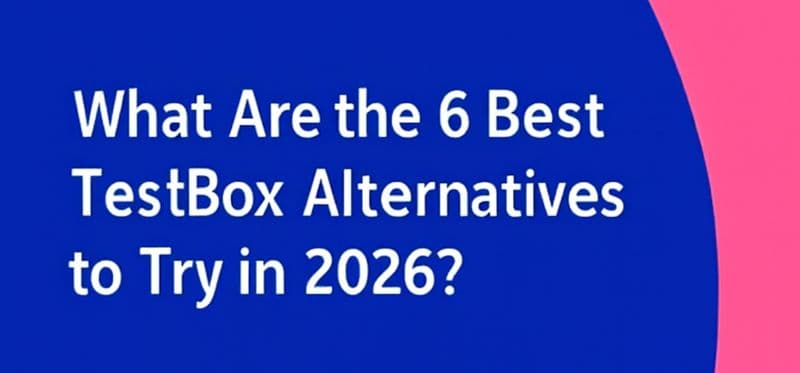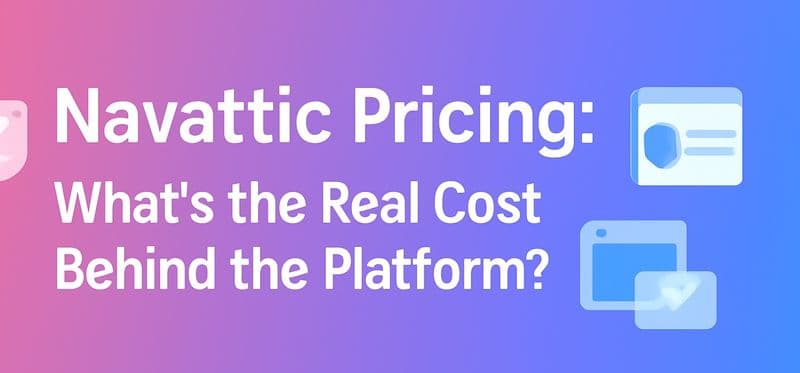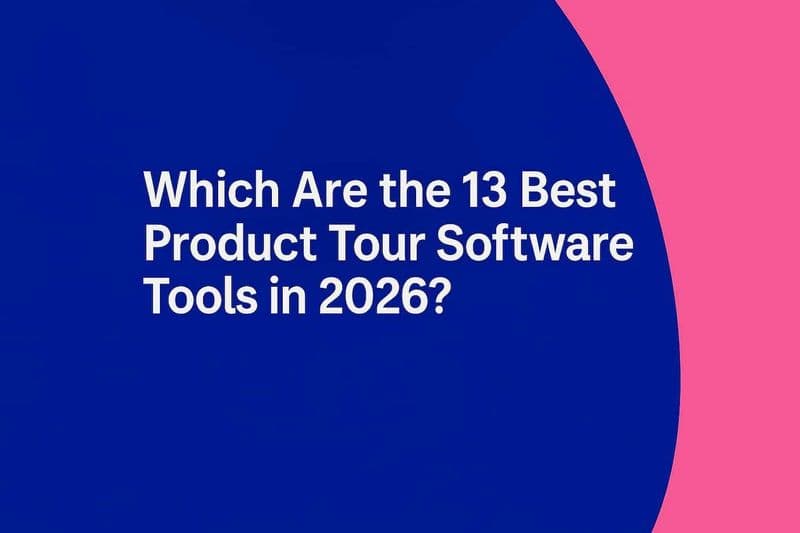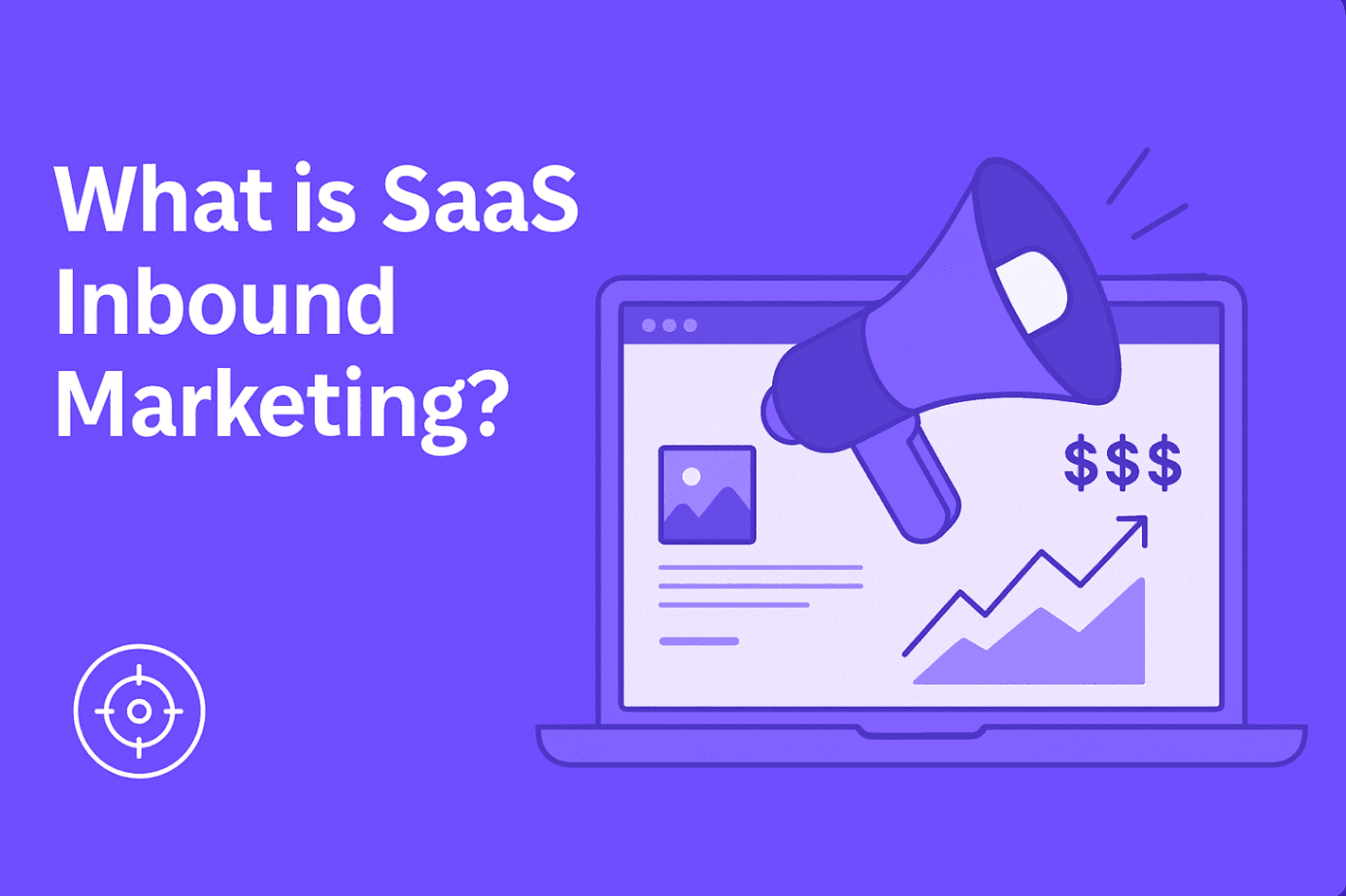
Key Highlights
|
Traditional software sales, cold calls, mass emails, and pushy tactics don’t work anymore. Today’s SaaS buyers do their research and expect value before they engage.
Imagine this: your ideal customer is searching for answers on LinkedIn or Google. Instead of finding you, they land on a competitor’s helpful blog or ebook, because that brand nailed inbound marketing. Meanwhile, your pitch is stuck in their spam folder.
Modern buyers want help, not hype. Education, not pressure.
That’s the power of inbound marketing.
By creating high-value content, blogs, webinars, whitepapers, and social posts, you attract, engage, and build trust before the first demo.
In this guide, we’ll show how inbound marketing fuels SaaS growth and turns content into your top-performing sales channel.
What is Inbound Marketing for SaaS Companies?
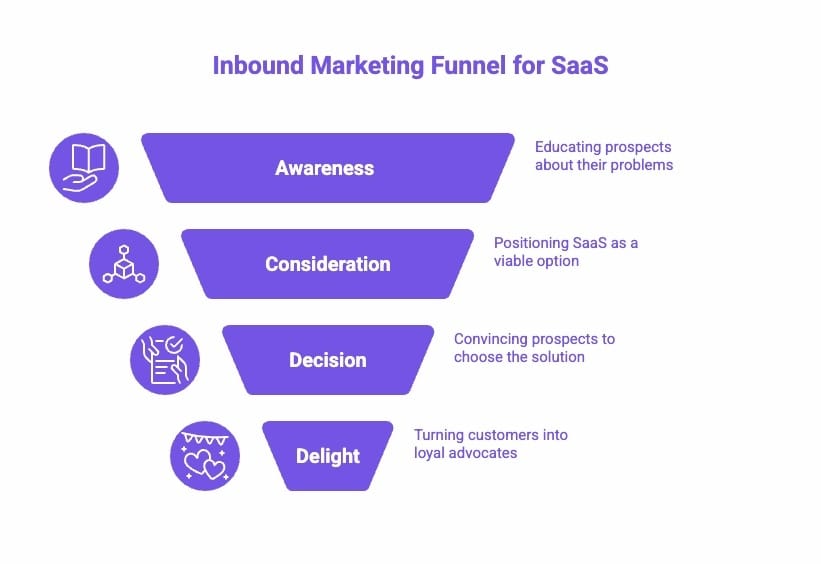
Inbound marketing for SaaS companies is about attracting, engaging, and delighting potential customers through valuable, problem-solving content tailored to their buyer’s journey. Instead of pushing sales, it helps build trust, generate qualified leads, and convert them into long-term customers and brand advocates.
What Are The Benefits of Inbound Marketing for SaaS?
Inbound marketing empowers SaaS companies to connect authentically with their audience, building trust and delivering value at every stage of the customer journey. Here are some of the benefits:
Attracts high-quality leads who are actively searching for solutions.
Builds brand authority and trust through educational content.
Shortens the sales cycle by guiding buyers with useful resources.
Improves customer retention and advocacy beyond the first purchase.
Scales cost-effectively compared to outbound marketing tactics.
What Are The Stages of the Inbound Marketing Journey for SaaS?
The inbound marketing journey in SaaS moves prospects from identifying their challenges to becoming loyal advocates. Each stage requires tailored content and strategic engagement
1. Awareness Stage
Goal: Help prospects understand and define their problem.
Example: A dentist’s office struggling with patient scheduling may find a blog titled “5 Ways to Reduce Patient Wait Times in Clinics.” This educates them without immediately selling your SaaS tool.
2. Consideration/ Research Stage
Goal: Position your SaaS as a strong option by highlighting its unique selling points (USP).
Example: A comparison guide like “Top 5 Patient Scheduling Tools for Dental Practices” shows your software alongside competitors, emphasizing your differentiators.
3. Decision Stage
Goal: Convince prospects to choose your solution.
Example: Sharing case studies of clinics that reduced no-shows by 40% using your scheduling software, or offering a personalized demo to show real-time benefits.
4. Delight Stage (Often Overlooked but Crucial in SaaS)
Goal: Turn customers into loyal advocates by ensuring continued value.
Example: Offering onboarding webinars, sending personalized usage tips, or creating customer success stories that highlight how users are maximizing your SaaS product.
Why an Inbound Marketing Strategy Matters for SaaS Companies?
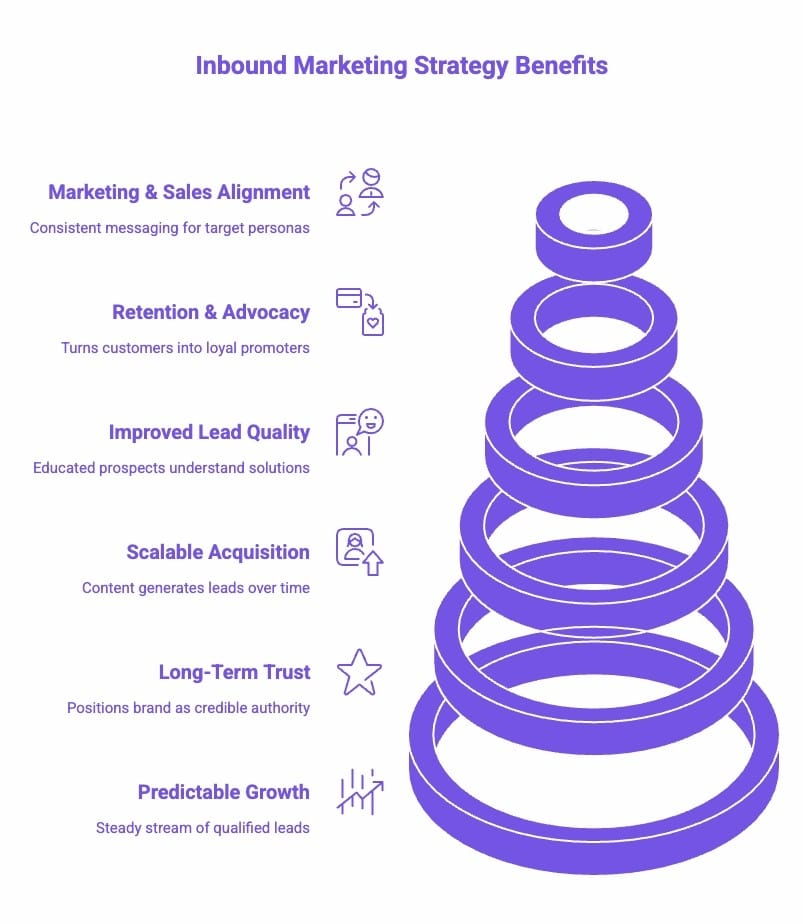
Inbound marketing strategy ensures that every piece of content, every campaign, and every touchpoint is aligned with your buyer’s journey, helping you maximize growth and minimize wasted effort.
1. Drives Predictable Growth: Inbound creates a steady stream of qualified leads instead of relying on sporadic outbound campaigns.
2. Builds Long-Term Trust: Educational content positions your SaaS brand as a credible authority and nurtures confidence among prospects.
3. Supports Scalable Acquisition: Content assets like blogs, webinars, and guides keep generating leads long after they’re published.
4. Improves Lead Quality: By educating prospects upfront, your sales team interacts with leads who already understand their problem and your solution.
5. Boosts Retention and Advocacy: Inbound strategies extend beyond acquisition, turning satisfied customers into loyal promoters of your SaaS.
6. Aligns Marketing and Sales:A well-structured strategy ensures both teams target the right personas with consistent messaging at every stage.
Can You Explain the Key Differences Between Inbound and Outbound Marketing for SaaS businesses?
Inbound and outbound both aim to generate customers, but they take very different approaches.
Aspect | Inbound Marketing | Outbound Marketing |
|---|---|---|
Approach | Pulls customers in through valuable, problem-solving content | Pushes messages out via ads, cold calls, and promotions |
Focus | Building trust and educating prospects | Quick reach and direct promotion |
Cost | Cost-effective, compounding returns over time | Higher upfront spend, often less efficient |
Scalability | Scales through evergreen content like blogs, SEO, and webinars | Limited by budget and campaign duration |
Best For | Long-term, sustainable SaaS growth | Short-term visibility and lead boosts |
How to Develop an Effective SaaS Inbound Content Marketing Strategy?
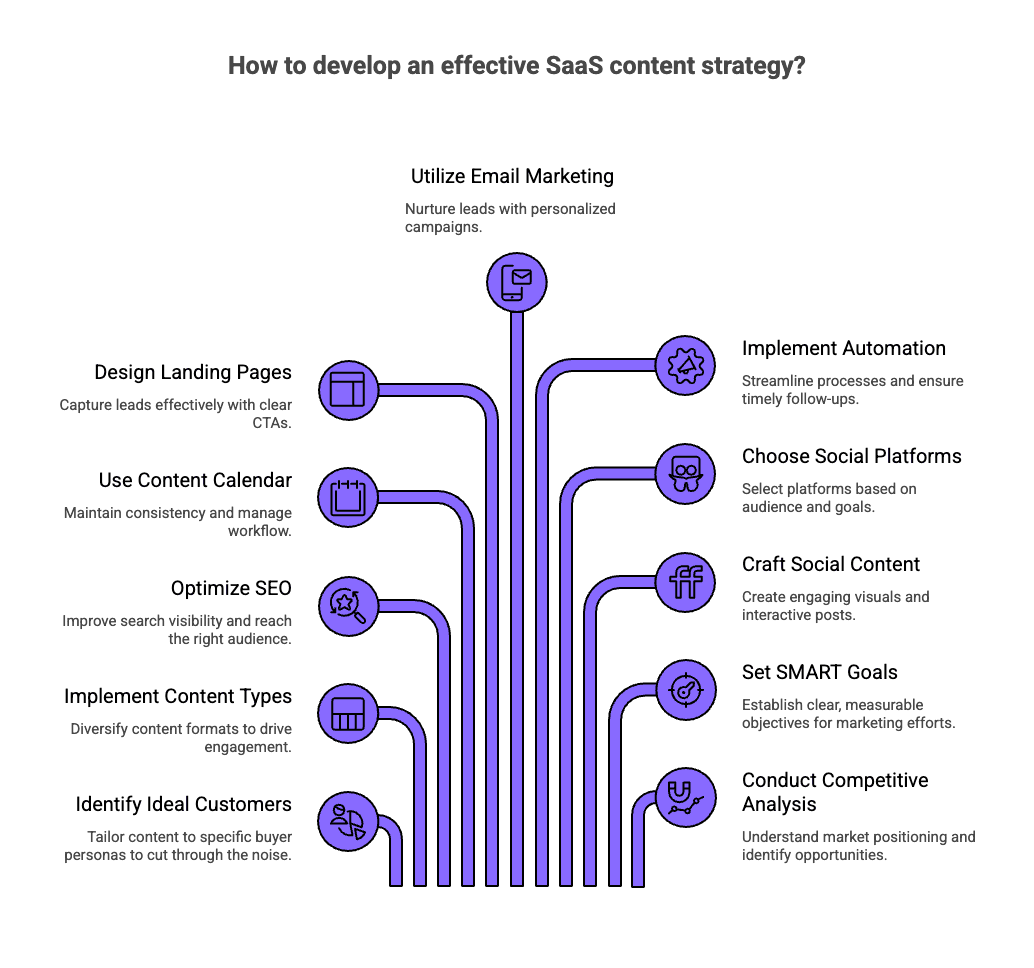
Creating a content strategy is vital in driving lead engagement for SaaS startups and companies since a well-crafted strategy drives sustainable growth, organic traffic, increases brand visibility, and aids in establishing your authority in the industry. Let's take a look at how to do the same.
1. Pinpoint Your Ideal Customers with Targeted Buyer Personas
If you’re selling a project management tool, aligning your message with the right audience is everything. Different segments have different needs, so tailoring your positioning and content accordingly helps you cut through the noise.
Construction Companies
Companies in this space juggle multiple teams, timelines, and stakeholders. They need a tool that helps:
Streamline task management
Coordinate across job sites
Track real-time project progress
Improve accountability on deadlines
IT Companies
These businesses handle software development, support, and system integration. Your platform should enable them to:
Run Agile or Scrum-based workflows
Manage sprints and product roadmaps
Collaborate across cross-functional teams
Deliver multiple projects on time
2. Implementing Different Content Types to Drive Engagement in SaaS
Diversifying your content format is an essential part of building SaaS product engagement. A few different content types that have shown to drive engagement on SaaS platforms include:
Blog Posts: One of the primary content types for SaaS companies, allowing you to target content across different stages of your marketing campaign funnel.
Ebooks: Often used as lead magnets, these are helpful in acquiring visitor information and driving them further into your sales funnel.
Videos: These can range from YouTube videos and tutorials to bite-sized clips for social media platforms, helping engage and educate your audience. A great way to achieve this is by using creative visuals and clear messaging.
Webinars: This content format helps share insights about your niche and offer valuable tips to your audience.
Podcasts: Their rise in popularity can be attributed to their portability, letting users listen on the go.
3. Implementing SEO and Keyword Best Practices
Effective SEO helps your content reach the right audience, boosting engagement and search visibility. Here are the key best practices for SaaS SEO:
Identify and prioritize high-traffic keywords using smart research strategies.
Map keywords to each stage of the buyer journey and align with search intent.
Fix technical issues, ensure your site is crawlable and error-free.
Optimize site speed and mobile responsiveness for a seamless user experience.
Focus on on-page SEO and content promotion to earn quality backlinks.
SEO takes time, but steady, strategic efforts pay off with long-term growth.
4. Organizing with a Content Calendar for Consistency
A well-structured content calendar boosts consistency, SEO, and overall content performance. It offers a clear view of your editorial workflow. An effective content calendar includes:
Content themes or pillars to guide strategy
Title, format, and target keywords for each piece
Deadlines, assignees, and collaborators to stay on track
Links to briefs, drafts, and assets for easy access
Breaking big strategies into manageable tasks helps you maintain a steady content rhythm.
5. Designing High-Converting Landing Pages
A landing page is a focused web page built to support a specific campaign and capture leads effectively. Here are key best practices for high-converting landing pages:
Show product videos or screenshots with clear, action-driven CTAs.
Add social proof like logos, reviews, or testimonials to build trust.
Use white space to keep the design clean and easy to scan.
Keep forms short; fewer fields mean more conversions.
6. Utilizing Email Marketing for Lead Nurturing
Email marketing offers high ROI and plays a vital role in any inbound strategy. Whether it’s welcome, retargeting, newsletter, promo, or referral emails, follow these tips to get the most out of your campaigns:
Personalize types of content based on segments and buyer personas.
Write attention-grabbing subject lines to increase open rates.
Limit CTAs to one or two for clarity and focus.
Optimize for mobile to ensure readability across devices.
Run A/B tests regularly to fine-tune performance.
7. Implementing Marketing Automation for Efficiency
Marketing automation ensures the right message reaches the right lead at the right moment, without repetitive manual work.
For example, you can automatically trigger a follow-up email five days after someone watches a demo or re-engage a lead who filled out a contact form but went cold. These time-based workflows help you nurture leads consistently, even as your pipeline grows.
As your SaaS business scales, automation becomes critical for saving time, reducing human error, and ensuring leads don’t fall through the cracks.
What are the Top Marketing Automation Tools for SaaS?
HubSpot
A powerful all-in-one platform with automation features for email campaigns, lead scoring, sales follow-ups, and CRM sync.
Zapier
Perfect for connecting your favorite tools. Automate actions between platforms (e.g., “When a demo is watched in SmartCue, send a Slack alert + follow-up email”).
Mailchimp
Known for email marketing, Mailchimp also offers pre-built automation flows like welcome emails, abandoned cart recovery, and lead drip campaigns.
8. Choosing Suitable Social Media Platforms
Choosing the right social media platform starts with knowing your audience and business goals. A productivity SaaS may thrive on LinkedIn, while a financial tool might do better on Twitter or YouTube. A simple way to decide? Study your competitors:
See which platforms they use regularly
Analyze the content types they post
Check engagement levels on each channel
Here are some platforms commonly used by SaaS companies:
LinkedIn: Ideal for professional networking and B2B marketing efforts.
Twitter: An excellent platform for real-time updates and discussions.
Facebook: Great for sharing rich content and engaging with a broad audience demographic.
Instagram: Perfect for sharing visuals about your service, team, and company culture.
9. Crafting Engaging Content for Social Media
Creating standout social media content means blending creativity with your brand message. Here are key tips to boost engagement:
Use visuals over text, images, and videos to grab attention fast.
Show your product in action with creative use-cases.
Run quizzes, polls, or contests to spark interaction.
Launch hashtag campaigns, learn from competitors, and build your own branded tags.
Repurpose evergreen content into infographics, carousels, or videos tailored for each platform.
Stay consistent and relevant to keep your audience engaged.
10. Setting SMART Goals for Marketing
Formulating an effective inbound strategy involves setting Specific, Measurable, Attainable, Relevant, and Time-bound (SMART) marketing goals, identifying your target audience, creating buyer personas, and conducting a competitive analysis for market positioning.
Having SMART goals in place helps your marketing team stay on the same page concerning what they aim to achieve. These goals can be set for individual campaigns or your overall marketing strategy.
Here is an example of a SMART goal for an email retargeting campaign:
"Attain 15 sign-ups within four weeks from individuals who have watched our demo."
This goal is specific, measurable, attainable, relevant to the business's needs, and time-bound. Setting such clear and quantifiable goals helps keep your marketing efforts focused and trackable, contributing to tangible growth in the long term.
11. Conducting Competitive Analysis and Market Positioning
A strong competitive analysis helps you understand where your product stands in the market and how to stand out. Look beyond just direct competitors. Include tools, platforms, or services your audience might compare you with, even if they aren’t in your exact category.
This process helps answer key questions like:
What keywords are they ranking for?
What marketing tactics are they using?
Where are they getting reviews or visibility?
What are they missing, and how can you fill that gap?
The goal? Use these insights to position your product more clearly, differentiate your messaging, and spot high-leverage opportunities in content, SEO, or customer experience.
How to Run a Basic Competitive Analysis?
1. Identify Your Competitors
Start with your direct and indirect competitors, anyone your audience might consider.
2. Analyze Their Website and SEO
Look at structure, content, page speed, and on-page SEO. What keywords are they optimizing for?
3. Check Their Social Media Presence
Review their engagement levels, platform focus, posting cadence, and follower quality, not just count.
4. Study Their Content Strategy
What formats do they use, blogs, videos, webinars? How often do they publish? Are they educational, salesy, or product-led?
5. Read Their Customer Reviews
Scan testimonials, third-party reviews, Reddit threads, and comment sections. What praise or pain points keep repeating?
How to Overcome Challenges in B2B SaaS Inbound Marketing?
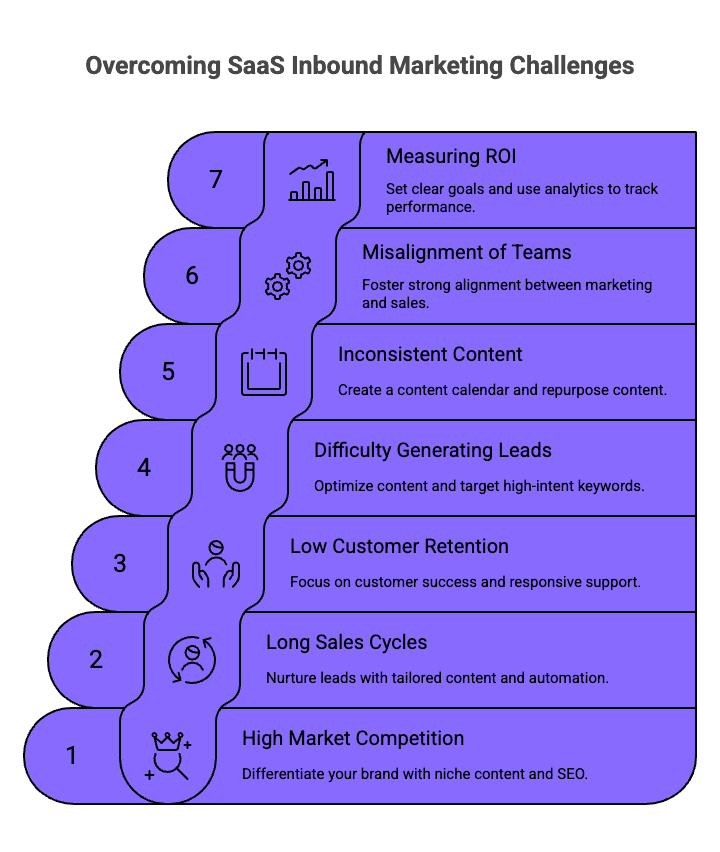
Inbound marketing holds immense potential for SaaS companies, but it’s not without its hurdles. To succeed, it's important to recognize these challenges early and adopt practical strategies to overcome them. Here’s a breakdown of key challenges and how to tackle them effectively:
1. Problem: High Market Competition
With thousands of SaaS products flooding the market, standing out can feel like shouting into the void.
Solution:
Create high-value, niche-specific content that speaks directly to your audience’s pain points. Highlight your unique selling proposition (USP) clearly and consistently across all content formats.
Use SEO best practices to rank higher in search results and monitor competitor content to identify gaps you can fill. Combine this with active social media engagement and excellent customer support to build trust and differentiate your brand.
2. Problem: Long Sales Cycles and Delayed ROI
SaaS buyers often involve multiple decision-makers, making the buyer’s journey from awareness to a purchasing decision slow and complex.
Solution:
Implement lead-nurturing strategies using content tailored to each stage of the funnel (awareness, consideration, decision).
Use personalized email sequences, educational content, and case studies to move prospects forward.
3. Problem: Low Customer Retention Rates
Losing customers can cripple growth, especially in a subscription-based model where recurring revenue is critical.
Solution:
Focus on customer success just as much as customer acquisition.
Offer SaaS onboarding guides, live chat, tutorial videos, and regular webinars to help users get maximum value from your product.
Provide responsive customer support, roll out regular feature updates, and actively collect feedback.
4. Problem: Difficulty in Generating Qualified Leads
Not all leads are equal, and attracting the wrong audience can drain time and resources.
Solution:
Develop a detailed inbound marketing buyer journey SaaS to understand better who you’re targeting.
Optimize your content (blogs, lead magnets, landing pages) around high-intent keywords and ensure CTAs align with your audience’s needs. Use tools like lead scoring and segmentation to focus your efforts on the prospects most likely to convert.
5. Problem: Inconsistent Content Production
Many SaaS teams struggle to consistently produce content that’s both valuable and strategic.
Solution:
Build a content calendar that aligns with your business goals and user journey. Leverage your internal team, freelance writers, or agencies to maintain consistency. Repurpose content into multiple formats, turn a blog into a video, a webinar into a guide, to maximize value and output.
6. Problem: Misalignment Between Marketing and Sales
When marketing generates leads that sales can’t close, both teams lose.
Solution:
Foster strong alignment through shared goals, regular communication, and integrated tools (like CRM and marketing automation platforms). Ensure marketing passes on qualified, well-nurtured leads, and sales provides feedback on lead quality to refine targeting and messaging.
7. Problem: Measuring and Proving ROI
Inbound efforts can take time to show tangible results, making it difficult to justify investment.
Solution:
Set clear, trackable goals (e.g., traffic, leads, MQLs, conversion rates) and use analytics tools like Google Analytics, HubSpot, or Mixpanel to monitor performance. Tie inbound efforts directly to pipeline growth and revenue to build a strong case for long-term value.
Ready to Transform Your Inbound SaaS Marketing Strategy with SmartCue?
Today, capturing and nurturing leads is crucial. SmartCue empowers your team to create personalized, interactive demos that resonate with your audience, without the need for technical expertise.
Why Choose SmartCue?
Effortless Demo Creation: Utilize our one-click Chrome extension to record customizable demos, showcasing specific features or workflows tailored to your audience.
Personalized Experiences: Edit assets in real-time with pan, zoom, callouts, and blurring, ensuring each demo speaks directly to your prospect's needs.
Seamless Sharing: Distribute demos via embedded links, PDFs, GIFs, or videos across various channels, enhancing lead qualification and engagement.
Data-Driven Insights: Track metrics like time spent, drop-off rates, and views to refine strategies and improve ROI.
Collaborative Workflow: Integrate with tools like HubSpot, Salesforce, and Seismic, fostering alignment between product, sales, and marketing teams.
Proven Results
Over 400 companies trust SmartCue.
More than 10,000 demos published.
200,000+ leads generated.
An average of 6 minutes to create a demo.
Frequently Asked Questions
What is SaaS inbound marketing and how does it differ from outbound marketing strategies?
SaaS inbound marketing focuses on attracting potential leads through valuable content, SEO, and social media marketing, rather than interrupting them with ads or cold outreach. Unlike traditional marketing, inbound aligns with the buyer journey by earning attention instead of buying it.
Can you explain the key components of an effective inbound marketing strategy for SaaS companies?
An effective strategy includes keyword research, content creation tailored to each buyer stage, search engine optimization, social media marketing, email nurturing, and link building, all aligned to attract, engage, and convert new customers.
What are some proven inbound marketing techniques that work best for B2B SaaS businesses?
Successful inbound marketing tactics include publishing blog content based on the right keywords, building SEO-optimized landing pages, offering lead magnets in exchange for contact information, and nurturing leads with targeted email flows.
How can a SaaS company build an inbound marketing funnel to convert leads into paying customers?
Start by identifying your audience’s pain points and mapping the buyer journey. Then use keyword research to fuel new content, optimize for search engines, and capture leads through downloadable resources, driving them toward conversion with valuable follow-ups.
What are common mistakes SaaS companies make with inbound marketing and how can they avoid them?
Common missteps include targeting broad or low-intent keywords, skipping content marketing strategy, ignoring the importance of link building, and failing to align content with specific stages of the buyer journey. A focused inbound approach fixes this.
How do you measure the effectiveness of inbound marketing campaigns for SaaS products?
Track metrics like organic traffic, keyword rankings, lead generation volume, conversion rate, and customer retention. Use tools like Google Analytics, HubSpot, or any inbound marketing agency for SaaS to tie efforts back to real ROI.
How will inbound marketing trends for SaaS evolve in 2025 and beyond?
Expect tighter integration of AI in content creation, voice search optimization, and more interactive formats in inbound marketing efforts. SaaS companies will lean into personalization and smarter segmentation to turn leads into loyal customers.
Is inbound or outbound marketing more effective?
Inbound marketing is often more cost-effective over time, especially for SaaS. It builds trust, supports long-term lead generation, and nurtures the buyer journey more naturally than traditional outbound tactics.
What is the best form of marketing for a SaaS business?
The best marketing mix blends inbound marketing tactics, like targeted content, search engine visibility, and social proof, with strategic outbound efforts. For many SaaS companies, a strong inbound foundation is the first step to scalable growth.
Can you give an example of inbound marketing in SaaS?
Sure! A great example inbound marketing SaaS tactic would be publishing a blog targeting a specific use case, offering a free downloadable checklist in exchange for contact information, and using email automation to nurture that lead into a free trial or demo.
